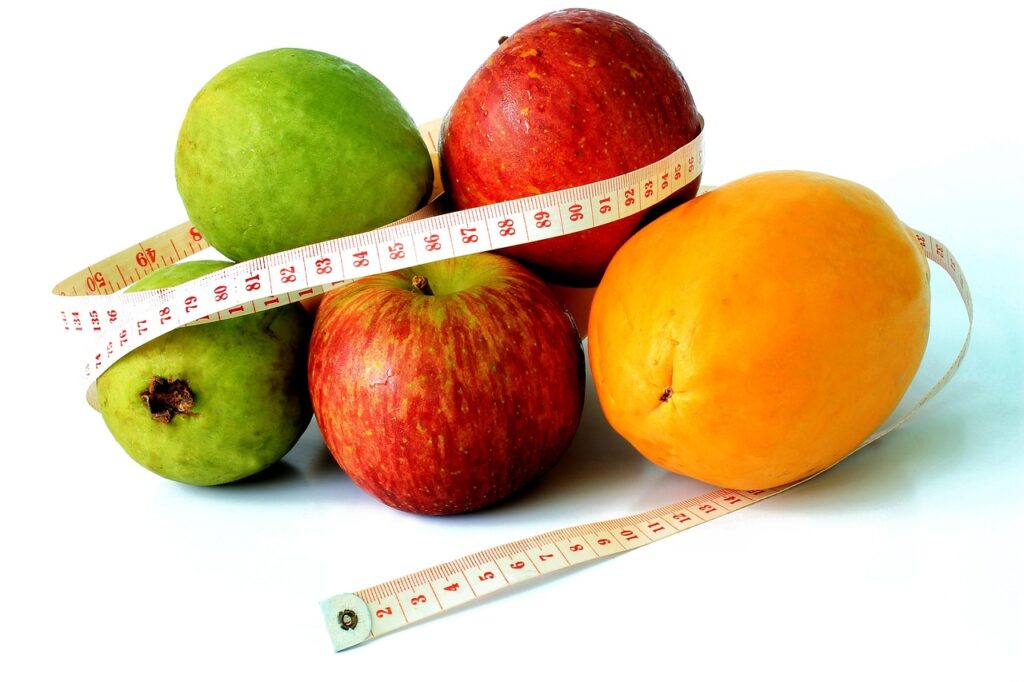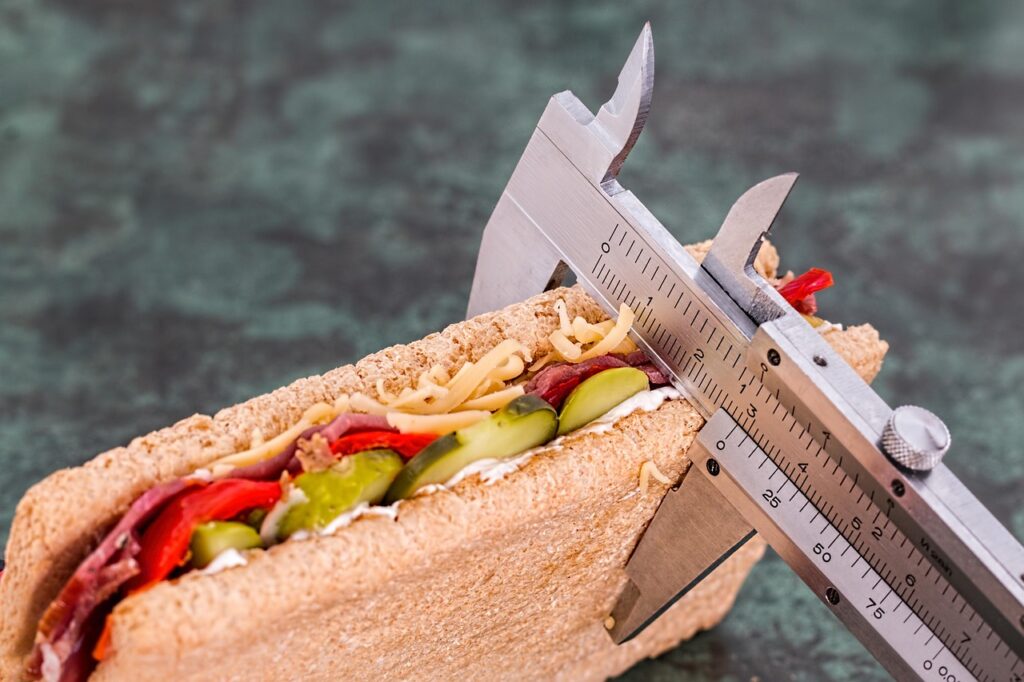calorie loss calculator
Calculate calories burned during physical activities
Calorie Loss Calculator: Your Path to Clear Weight Goals
Calorie Loss Calculator: Imagine finishing a workout, checking your phone, and seeing numbers that tell a clear story—calories burned, progress made, and how today’s effort fits into your bigger goal. Knowing your daily calorie loss isn’t just a number; it’s a guide that lights the path for weight control, health improvements, and staying motivated. Instead of guessing how much energy you’ve spent, a calorie loss calculator turns confusing math into clear targets you can trust.
How Calorie Loss Is Calculated
Understanding calorie loss starts with two key concepts: Basal Metabolic Rate (BMR) and Total Daily Energy Expenditure (TDEE). These terms might sound complex but break down simply when you see how they connect.
Your BMR is the baseline—the calories your body burns at rest, just keeping your heart beating and lungs working. TDEE expands on that by adding in all your daily activities, from brushing teeth to running a marathon. When you multiply your BMR by an activity factor, you get TDEE, which shows the total calories burned each day.
One trusted way to calculate BMR is the Mifflin-St Jeor formula, favored by many dietitians for its accuracy. If you know your body fat percentage, the Katch-McArdle formula can provide an even finer estimate. When aiming for weight loss, experts generally recommend staying within safe limits—meaning you don't want to go below 1200 calories a day for most adults to avoid health risks.

Basal Metabolic Rate Basics
BMR measures the energy your body needs while resting. It accounts for how much you weigh, how tall you are, your age, and your gender. For example, a 30-year-old woman, 5'5" tall and weighing 140 pounds, might burn roughly 1400 calories daily just staying still. This number sets the foundation for understanding your calorie needs.
Adding Activity to Get TDEE
Daily actions multiply your BMR through activity levels. Sedentary people multiply by about 1.2; lightly active folks might multiply by 1.4; and those who hit the gym or do manual labor might wear 1.7 to 1.9. For instance, adding a brisk 30-minute walk can raise your calorie burn from 1600 (sedentary) to nearly 1900 calories (lightly active). It shows the real power of movement on your energy use.
Setting a Safe Deficit
Losing weight generally means creating a calorie deficit—eating fewer calories than you burn. A common and safe deficit is 500 to 1000 calories a day, aiming for a loss of 1 to 2 pounds weekly. Going too low, especially below 1200 calories for most adults, can slow metabolism, reduce muscle mass, and drain energy.
Using a Calorie Loss Calculator Effectively
A calorie loss calculator is most useful when data input is accurate and regularly updated. Entering your stats, activity level, and goals sets a target you can trust. It's easy to get lost in numbers, but this calculator turns estimates into daily goals tailored just for you.
Entering Accurate Data
Precision starts with accurate data. Use a reliable digital scale for weight and a tape measure for height. Activity levels respond well to smart wearables or fitness trackers that record movement throughout the day—it’s better than guessing your activity multiplier.
Reading the Output
Understanding your daily calorie target helps balance hunger and energy. Your calculator's result shows how many calories to eat each day to reach your goal. Dividing that number across meals with balanced protein intake supports both energy and muscle retention as you lose weight.
Tracking Progress and Making Adjustments
Consistency is key—weekly weigh-ins provide feedback on progress. As you lose weight, update your stats in the calculator. Plateaus happen, but slight adjustments to your calorie target or tweaking your activity usually restart progress. Keeping a food log also sharpens awareness of intake versus burn.
Integrating With Apps and Wearables
Many calculators now sync with apps like Apple Health, Google Fit, or popular diet trackers such as MyFitnessPal. This connection makes logging meals and activity effortless. It allows the calculator to reflect real-time activity changes, improving precision and motivation.
Choosing the Right Calculator and Staying On Track
Finding a calculator that fits your lifestyle influences how successful you’ll be. There's a mix of free websites, phone apps, and premium platforms with extra features.
Free vs. Paid Options
Free tools provide solid basics without a cost but might show ads or limit personalization. Paid apps often have deeper food databases, AI-driven insights, and community support, though they come with subscription fees. Weigh accuracy and convenience against your budget.
Key Features to Look For
Choose tools that are easy to use, have reliable food databases, sync well with activity trackers, and alert you if your calorie deficit becomes unsafe. This combination creates a safer, more effective experience.
Avoiding Common Pitfalls
Avoid relying only on outdated formulas or obsessing over every calorie. Don’t ignore your body's signals or health conditions. Over-tracking can lead to burnout. Use your calculator as one of several tools in your health toolbox.
Staying Motivated Over Time
Setting mini-goals and rewarding yourself for small wins builds momentum. Many apps offer challenges or community forums that encourage long-term adherence. Celebrate progress in any form—it keeps the process engaging.
FAQs
Q: Can I trust calorie calculators for exact numbers?
They offer good estimates but are not perfect. Adjust based on how your body responds.
Q: What if I don’t know my body fat percentage?
Use Mifflin-St Jeor calculations. Body fat details improve precision, but aren't necessary for a starting point.
Q: How often should I update my calculator inputs?
Once a week or after major weight changes is a good rhythm. This keeps goals realistic.
Q: Are all activity levels the same for calorie multipliers?
No, they vary widely by intensity. Use wearables or fitness apps to better reflect your actual activity.
Q: Can calorie loss calculators support muscle gain?
Yes, by adjusting calories upward with focus on protein and strength training.

What is a Calorie Loss Calculator?
A calorie loss calculator helps you estimate how many calories your body burns during physical activities such as running, cycling, swimming, or even yoga. By entering your weight and exercise duration, the calculator provides a quick estimate of energy expenditure. This is especially useful if you’re trying to lose weight, maintain fitness, or track your daily activity levels.
How Does It Work?
The calculation is based on MET values (Metabolic Equivalent of Task).
- 1 MET = energy used at rest.
- Activities like walking, jogging, or swimming have different MET values depending on intensity.
- Formula: Calories burned = MET × Weight (kg) × Duration (hours).
For example, a person weighing 70 kg who runs at 8 km/h for 30 minutes can burn around 280 calories.
Why Tracking Calories Burned is Important
- Weight Management: Helps balance calorie intake vs. calorie expenditure.
- Fitness Goals: Monitor progress in workouts.
- Motivation: Seeing your effort in numbers can inspire consistency.
- Health Awareness: Keeps you mindful of your daily activity levels.
Tips for Maximizing Calorie Burn
- Choose activities that engage large muscle groups (running, swimming, cycling).
- Mix cardio with strength training for long-term fat loss.
- Stay consistent—small daily efforts add up.
- Track both calories burned and consumed for better results.
Frequently Asked Questions
Q1: How accurate is this calculator?
This tool provides an estimate based on standard MET values. Actual calorie burn may vary depending on age, fitness level, metabolism, and workout intensity.
Q2: Can I use this for weight loss?
Yes! Combine it with a daily calorie intake tracker to maintain a calorie deficit (burning more than you eat).
Q3: Is walking effective for calorie burning?
Absolutely. Even a 30-minute brisk walk can burn 100–200 calories depending on your weight.
Q4: Do strength workouts also burn calories?
Yes, strength training increases calorie burn during the workout and boosts metabolism afterward.
Conclusion
Knowing how calorie loss works starts with understanding BMR, TDEE, and safe calorie deficits. Using a calculator wisely means entering accurate data, reading your targets realistically, and adjusting as you progress. Picking the right tool depends on your preferences for cost, features, and integration with devices you already use. Try a calorie loss calculator today, track your first week, and you'll see the clearer picture it paints for your goals.
For practical calculators based on trusted formulas, check out resources like this BMR calculator and TDEE calculator. For those with known body fat data, the Katch-McArdle calculator offers precision. These tools are stepping stones to turning effort into measurable success.
